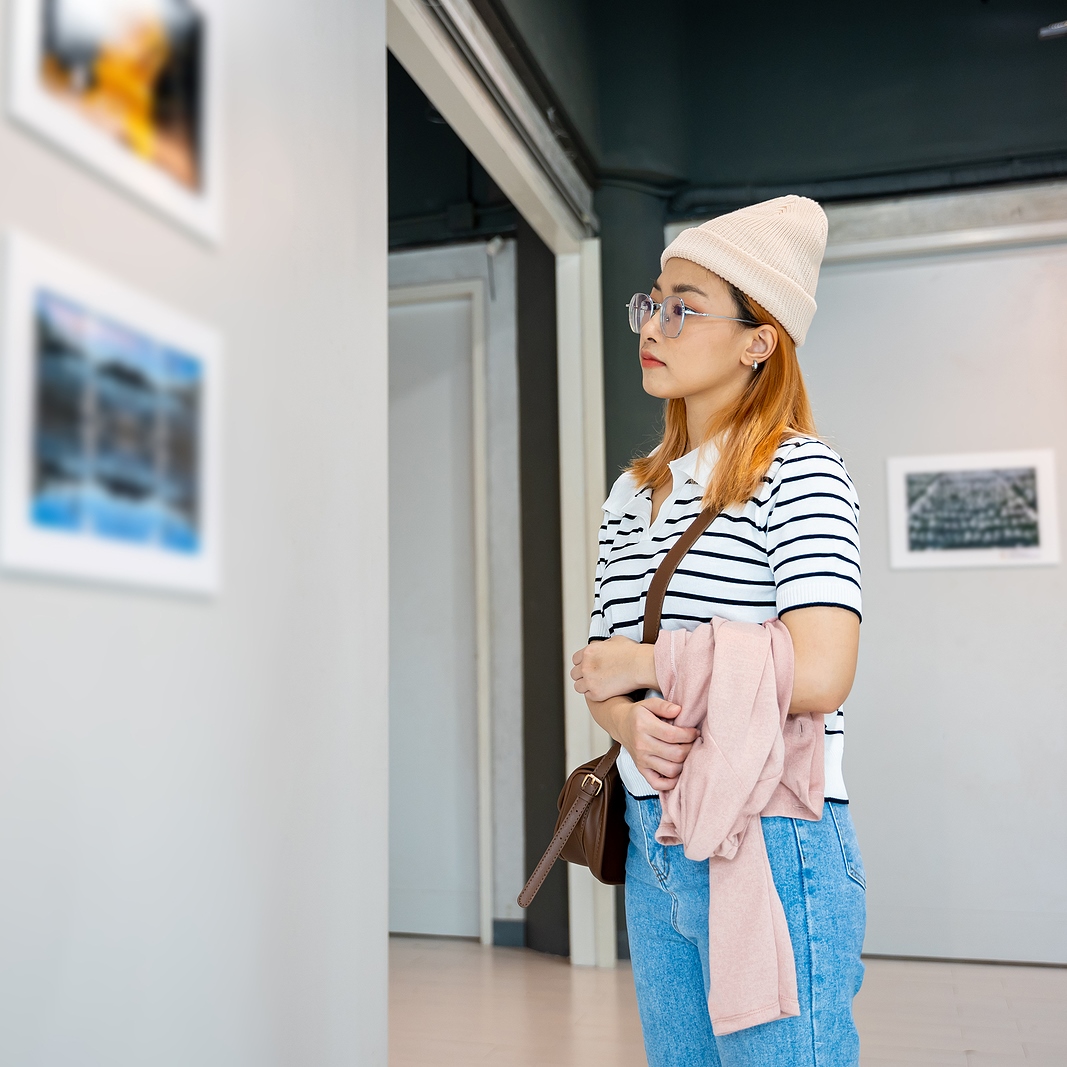Art theft and damage are major concerns for galleries worldwide. Reports estimate that the art crime market reaches approximately $6 billion annually, with only a fraction of stolen art ever recovered. Art galleries need structured security measures to protect collections from theft, vandalism, and environmental risks. The following seven tips outline essential steps to secure a fine art gallery and minimize risks.
1. Conduct a Security Assessment
A security assessment identifies current strengths and weaknesses in a gallery’s security setup. Areas for review include entry points, surveillance coverage, lighting, and emergency exits. An assessment can guide galleries in prioritizing security improvements based on potential risks.
2. Install a Surveillance System
Video surveillance systems help monitor gallery spaces and deter unauthorized access. Security cameras positioned at entrances, exits, and storage areas capture activity, aiding in incident investigation. Use a mix of overt and covert cameras for broad and specific monitoring of critical areas.
3. Optimize Lighting
Security lighting helps deter intruders and aids visibility in surveillance footage. Position motion-activated lights near entrances and exits, and ensure consistent lighting in all gallery spaces. This helps improve visibility and can reduce blind spots in the gallery.
4. Control Access with Entry Systems
Entry control limits access to authorized personnel only. Options include electronic key cards, biometric entry points, or PIN codes. Access control also records staff and visitor activity, helping manage and review entry in secure areas like offices or storage.
5. Secure Display Cases and Anchors
For artwork that requires added protection, secure display cases and anchors can reduce risk. Locks and shatterproof materials make display cases more resistant to tampering, while anchors secure larger pieces to walls or pedestals, making them harder to move.
6. Install an Alarm System
An alarm system with sensors and contacts for doors and windows enhances gallery security. When connected to a monitoring service, alarms can notify authorities of unauthorized access. Options include systems with direct alerts to gallery managers, aiding rapid response.
7. Establish Security Protocols for Staff
Training staff on security protocols ensures consistent practices across daily operations. Regular practices include monitoring visitor behavior, securing artwork at the end of the day, and reviewing security footage as part of closing procedures. Staff protocols serve as an added layer in gallery security.
FAQs
What are the most effective security measures for art galleries?
Key measures include surveillance cameras, lighting, access control, alarm systems, and secure display cases. A security assessment can help determine which measures best suit the gallery’s needs.
How can a surveillance system protect an art gallery?
Surveillance systems provide real-time monitoring of gallery spaces, deterring unauthorized access and aiding in the investigation of incidents. Cameras positioned at strategic points ensure broad monitoring of the gallery’s interior and exterior.
Why is lighting important for art gallery security?
Security lighting improves visibility, deterring intruders and enhancing camera footage quality. Consistent lighting also helps reduce blind spots within the gallery, improving overall monitoring capabilities.
What access control options are best for art galleries?
Options include electronic key cards, biometric systems, or PIN codes. Access control systems help limit entry to secure areas, providing logs of staff and visitor movement for added security.
How do alarm systems work in art galleries?
Alarm systems monitor gallery entrances, windows, and display areas. When triggered, alarms notify gallery staff or security services, ensuring a timely response to potential security breaches.
Conclusion
Securing a fine art gallery requires a balanced approach that includes physical security systems, controlled access, and trained staff. Implementing these tips helps reduce risk, protecting the gallery’s artwork and ensuring a safe environment for visitors and staff.
